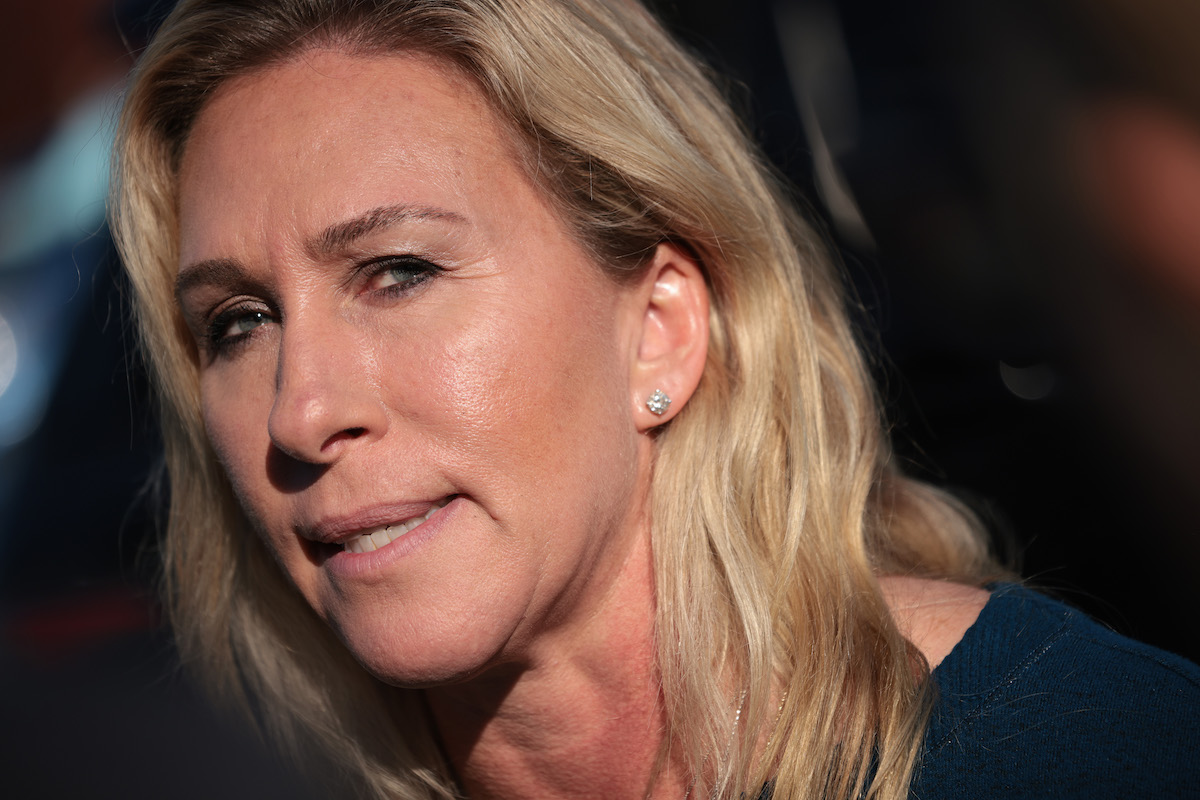Inflation is happening. You can see it at the grocery store, McDonald’s, the gas pump, and when you’re paying your gas bill. Everything is just a little more expensive. You can buy the same bag of cheese for the same price, but when you compare it to your previous container, there’s less in the new bag. This phenomenon is being nicknamed ‘shrinkflation,’ and it’s frustrating.
The only breath of air the average person got recently was the Biden administration’s recent student loan debt forgiveness plan. Everything seems bleak, and it’s hard to know where to look for answers.
Thankfully, we don’t have to do extensive research. We can look to experts who study numbers, societal structures, and understand the potential outcomes of fiscal policy—economists. Chief economist for KPMG Diane Swonk recently shared some thoughts on WBR regarding inflation.
How long will inflation last?
The good news
While it’s hard to tell how long the recent acceleration in inflation will last, according to Swonk, there are some good signs that it’s beginning to slow down. Gas prices are starting to fall on the national level. Another is that food prices are beginning to fall, according to The Food and Agriculture Organization’s index in July. While rent isn’t exactly cheap, the overall cost of rent is dropping according to apartment.com. In addition, there has been this odd trend in the used car market where the prices were abnormally high and weren’t dropping.
The bad news
Unfortunately, there are plenty of signs that inflation isn’t going anywhere. Nobel Prize-winning economist Paul Krugman attributes the continuation of inflation to multiple factors.
For one, globalization is probably the biggest culprit regarding current inflation. Society is still dealing with the repercussions of the chain supply disruptions—shortages of key goods like precious metals, fires, floods, factory closures, COVID-19 lockdowns, and the Russian conflict has interrupted trade across the globe.
Another sign that inflation isn’t slowing down as much as economists would like is the Federal Reserve raising interest rates. This was anticipated after the Federal Economic Impact Payments—the relief checks—and while the Federal interest rates did not increase as much as economists expected, any sort of rising will contribute to inflation.
Then, according to Swonk’s data, the average consumer is spending $460 a month on goods (groceries, gas, etc.).
Will there be a recession?
Everyone can feel the prices creep up on them, but not everything is doom and gloom. The Inflation Reduction Act will increase corporate taxes, which will bring in almost a billion tax dollars per year, hopefully allowing the government to take some of the strain off of the average person. On top of that, the employment rate is back at pre-pandemic numbers.
Everyone should prepare themselves for the raised prices to stay (but not go too much higher) and for a mild recession over the course of a year, as a modest rise in unemployment is being predicted.
( featured image: Warner Bros.)










Published: Sep 29, 2022 07:43 pm